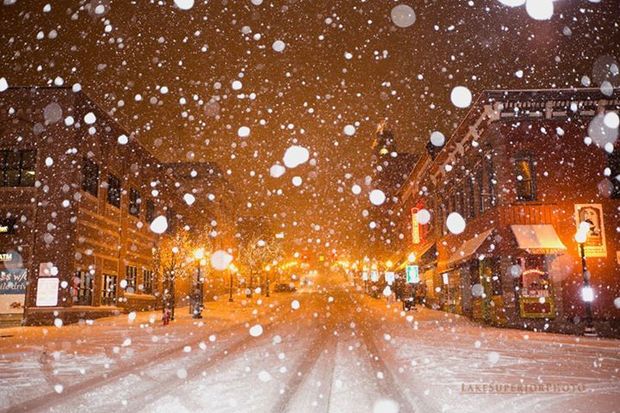
Parts of the Upper Peninsula are buried in as much as 3 feet of snow this morning.
As of this morning, 36.1 inches of snow had fallen since Monday in Marquette County near Negaunee. Up to 2 feet fell in other parts of the Upper Peninsula with lower totals along the Lake Michigan shoreline, the Associated Press reports.
Detroit today will see highs in the upper 30s with perhaps a few flurries, said National Weather Service meteorologist Sara Schultz. A few more flurries are possible Thursday from the morning into the afternoon, and highs from now into the weekend are to be in the 30s with lows in the 20s.
Up North, meteorologist Justin Titus says a major winter storm system that brought all that snow to the U.P. has moved out of the area, but lake-effect snow of 8 to 15 inches is forecast along Lake Superior through Saturday, according to the Associated Press.

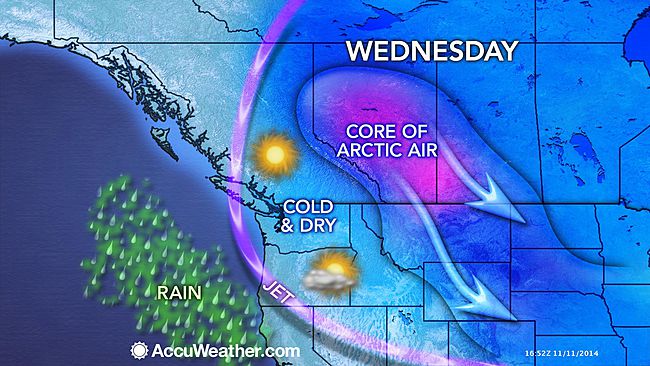
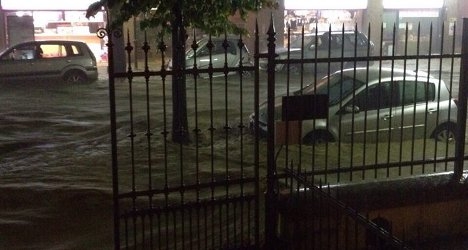

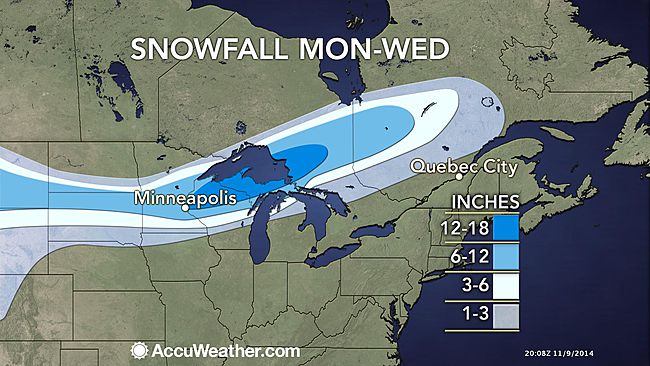
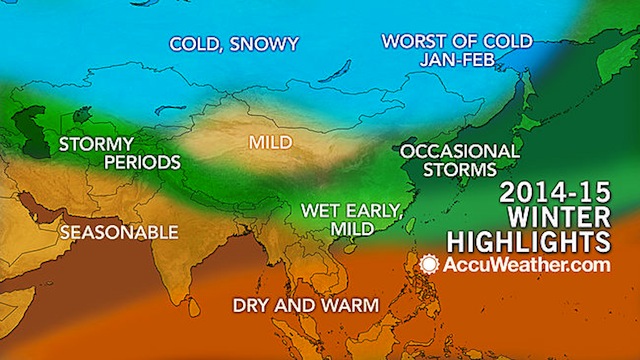
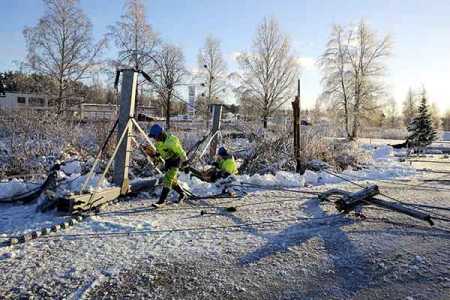
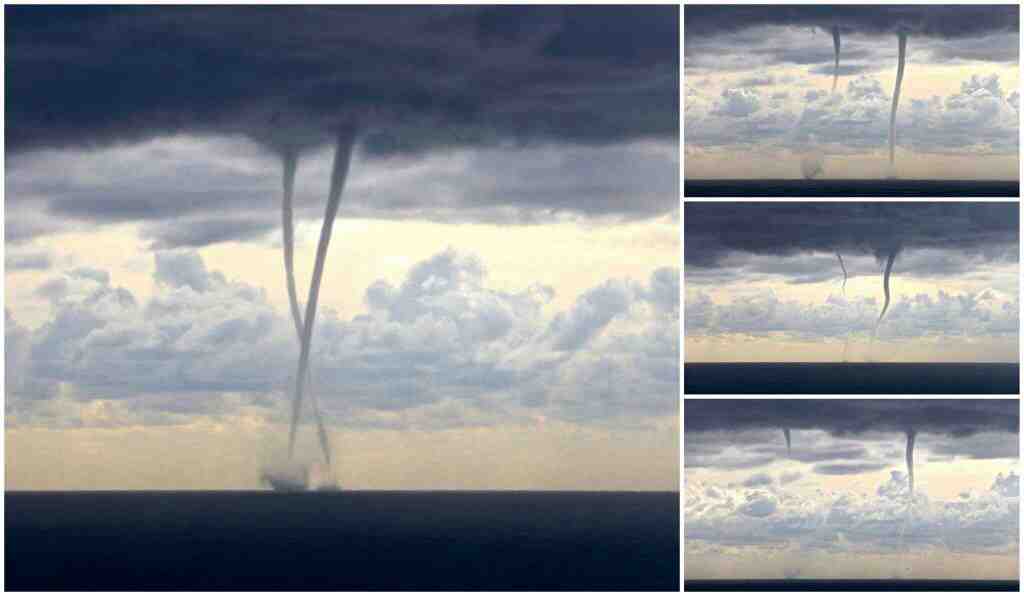
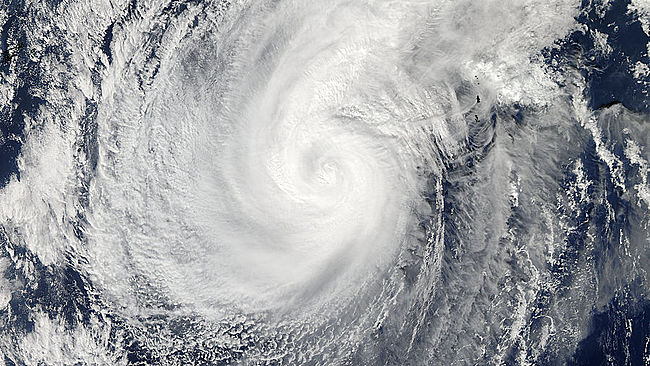



Comment: Alaska's Aleutian Islands targeted from remnant of Typhoon Nuri as 'intense Sea Storm'